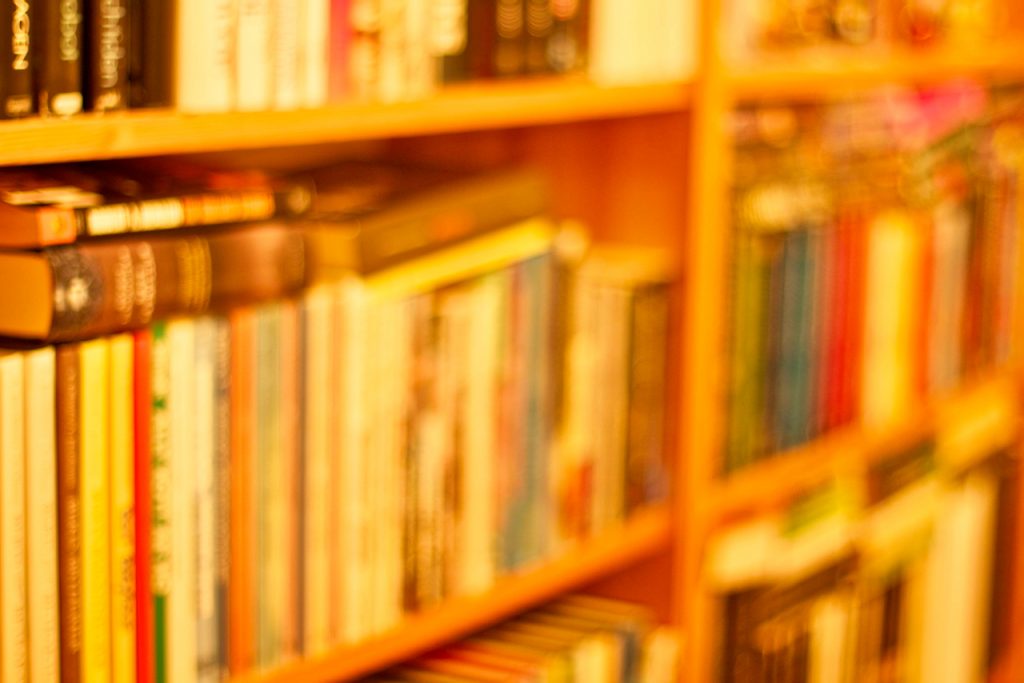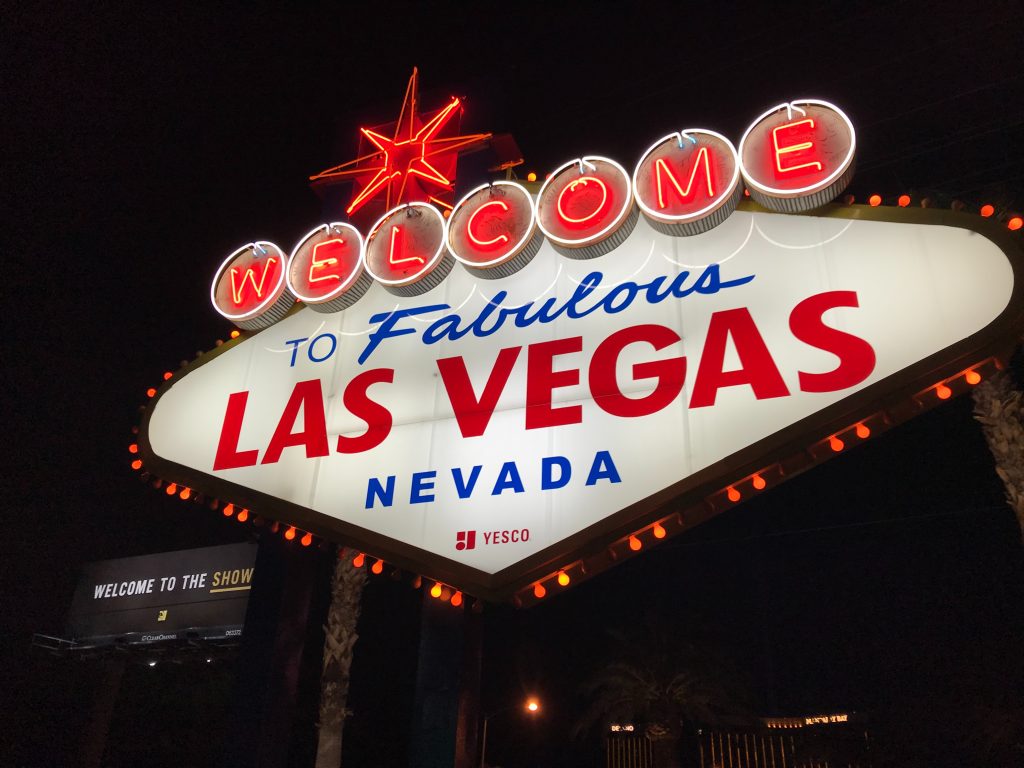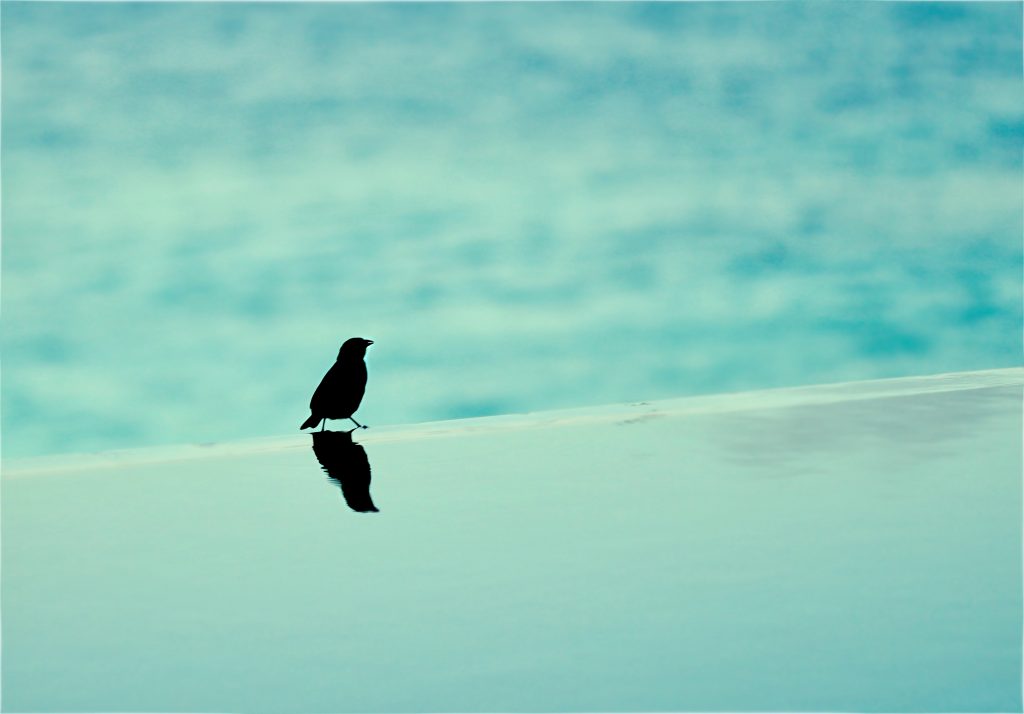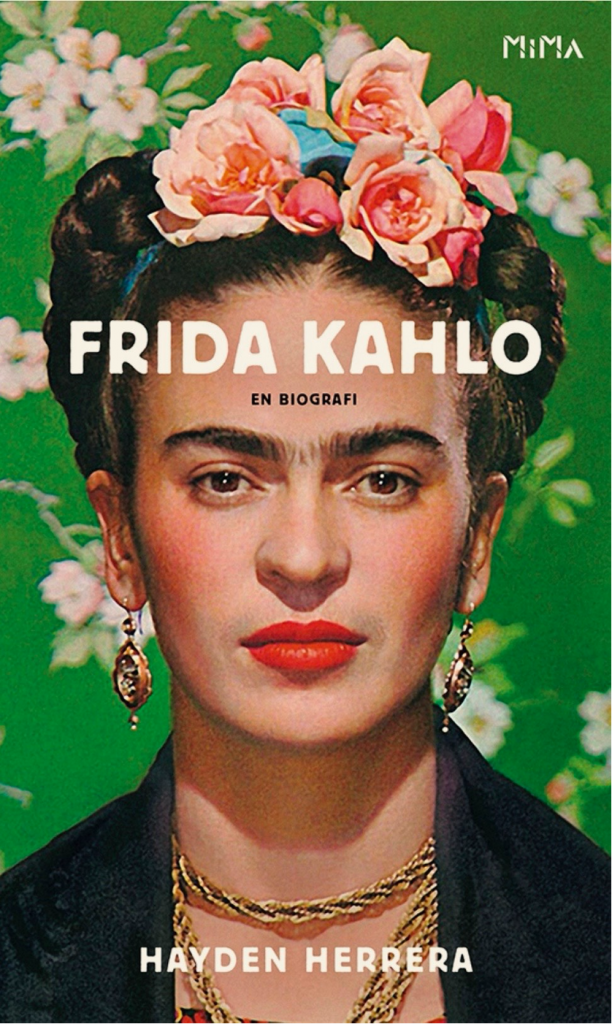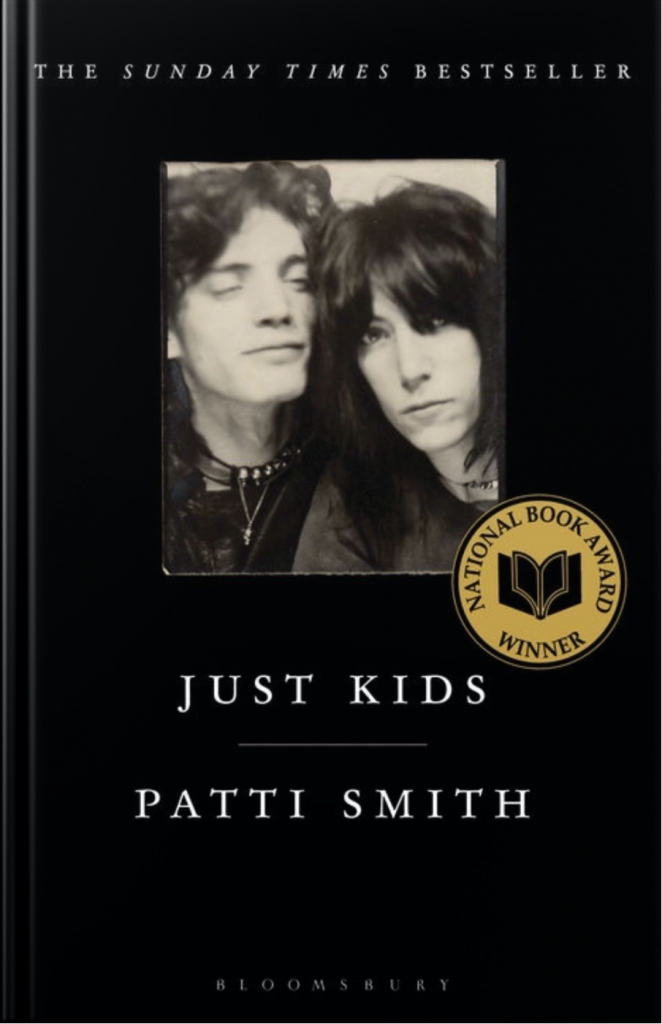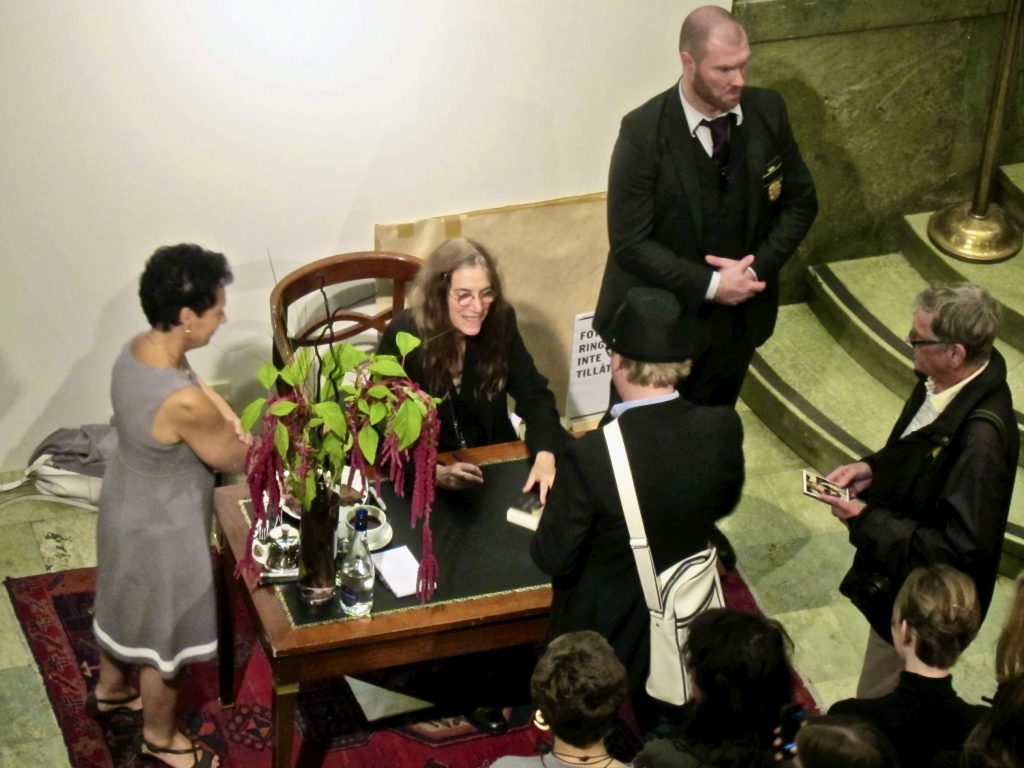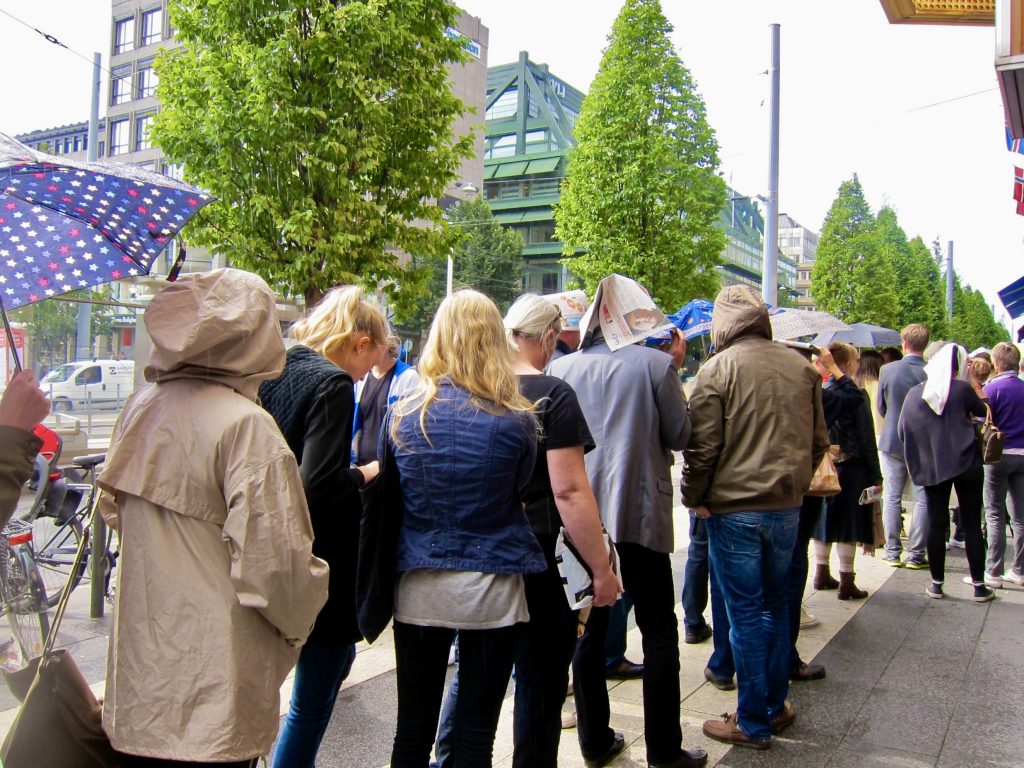
It’s no secret I love a good dystopian novel, and if it’s science-fiction, even better. It seems that I’m not alone: almost all of these novels have been turned into movies or TV series. Although, after living through 2020, I’m not sure how popular dystopian books or movies would be. But who knows? Maybe we’ll still watch them and find solace in their misery; our world is still better. (Is it? Here you have some food for thought to last you a while).
Ranting done, here’s my highly personal list of best dystopian novels.
I’ve been a longtime fan of Stephen KIng’s novels (and his On Writing is my writing bible). I like all his books, but some I love a bit more, and The Stand remains my favorite; the best Sci-Fi/Horror and the ultimate Stephen King book. It’s huge (around 1.400 pages, and I love to lose myself in long books) and spellbinding, sucking you in and never letting go. If you haven’t read it, I envy you that first reading.
I’m looking forward to watching the new series, although the reviews have been lukewarm. It seems Stephen Kind doesn’t have any luck with the film adaptation of his novels. The Shining is the exception that proves the rule. Cell was…decent, but that’s about it; unfortunately, because King’s novels are made to be brought to the screen. Bonus: Stephen King ranks the best and the worst adaptations of his books.
Station Eleven is a deeply melancholy haunting book, a page-turner and a poem at once, set in the eerie days of civilization’s collapse. Think Cormac McCarthy meets Joan Didion.
Twenty years after a flu pandemic that wiped out most of humanity, a small group of actors and musicians – The Traveling Symphony – travel in a caravan to various communities to play music and perform Shakespeare plays in a post-apocalyptic world. “Because survival is insufficient.” says on the side of their caravan—storytelling as a means of spiritual survival, hope, and connection.
A mini-series based on the book is in production. In an eerie coincidence, it began filming in Chicago in mid-January, the same week the first case of coronavirus was confirmed in the U.S.
- Cormac McCarthy, The Road. A deeply unsettling, post-apocalyptic novel about a father and son’s fight to survive, winner of the Pulitzer Prize. It’s a simple and short melancholic book, with a raw emotional pull that offers nothing to comfort.
A father and his son walk alone in a post-apocalyptic, devastated America, where nothing moves but the gray ashes of the snow and the unforgivingly cold wind. Sustained only by their unconditional love, they move slowly and cautiously towards the coast, a beacon of hope in a land that lost all hope.
Starring Viggo Mortensen in one of his best roles, the 2009 movie is an excellent adaptation; visually compelling, grim and desolate and terrible as you’d expect from the book. Depressing too, I won’t lie; The Road is not one of those end-of-the-world movies with lucky escapes, unlikely action scenes, and a happy end.
- Marlen Haushofer, The Wall, written in a stream of conscious style that never becomes monotonous, is a haunting survival story, disturbing and beautiful, by the Austrian author Marlen Haushofer (1920 – 1970).
The book is a journal kept by a never-named narrator, a middle-aged woman, the only survivor of an unknown event that killed everyone and sealed her off by a transparent and impenetrable wall somewhere in the Austrian Alps.
It’s a reflective book, going very slowly, and if you’re looking for a fast-paced, action-filled end-of-the-world novel, this is not it. It’s more like The Road, terrible things happening in an unforgiving world, narrated in a slow and desolate way, to become unsettling and heart-breaking stories.
There’s an Austrian movie based on the book, Die Wand (2012), but it’s not largely available outside Austria and Germany. It’s on Amazon Prime in some locations; sadly, not in Sweden. Here’s the trailer. And an interview with the director, Julian Pölsler, talking about the book and challenges in making the movie.
- Richard Matheson, I Am Legend. Most people think about the 2007 movie (starring Will Smith) when confronted with the title, but I Am Legend is first and foremost a very good book from the golden age of science-fiction.
The hero, Robert Neville, seems to be the only human left in the world, the rest being killed or turned into vampires. He spends his nights barricaded indoors, praying for dawn; and his days, killing as many vampires as he can while they’re sleeping.
Matheson combines science-fiction and horror (including vampires, decades before vampires became fashionable) into a fundamental piece about humanity; about loneliness, survival, and prejudice in a plague devastated world.
The movie is fine but has little to do with the book. It’s good to know if you’ve seen the movie and want to read the book.
- C. A. Fletcher, A Boy and His Dog at the End of the World. A heart-wrenching mix of sadness and hope with a surprising twist towards the latter part of the book and with a hoped-for but hard-to-imagine end.
I don’t want to spoil your discovery of this gem of a book. Suffice to say that there’s indeed a dog (in danger), a loving human desperate to save the said dog, all in the background of a post-apocalyptic world.
It’s a young-adult book, but don’t let that fool you. It’s a thrilling and heartwarming book, and I didn’t want it to end. And when it did, I hoped Fletcher would come back to this world and give us more.
To read more posts about books, click here.
If you liked this post, share it on your preferred social network or forward it to a friend.
